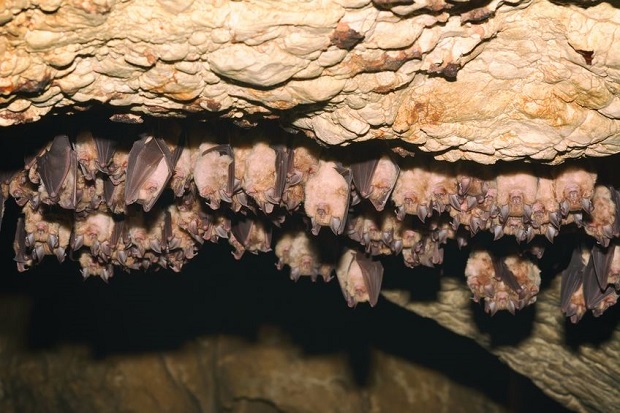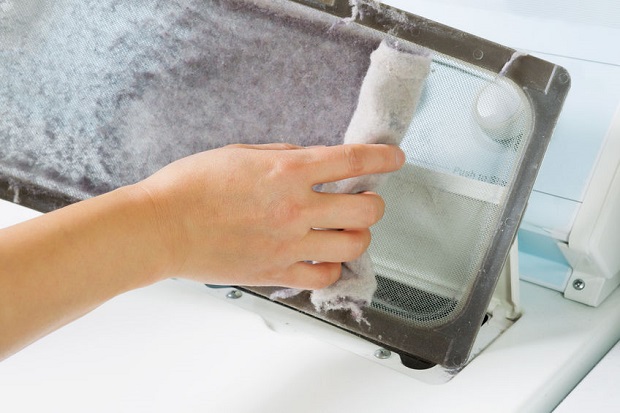
Why Does Baking Soda React with Vinegar?
Baking soda is a chemical called sodium bicarbonate. Vinegar’s main chemical component is acetic acid. The ions formed when the baking soda is dissolved in water react with the ions from the acetic acid to form carbonic acid, which quickly reacts, or decomposes, to form carbon dioxide and water. The bubbles from the reaction are visible evidence of the carbon dioxide escaping from the solution as a gas. The remaining solution is sodium carbonate and water.
More Info: When reactive compounds are in the same solution, the activity that occurs is driven by the pursuit of order or stability. The least reactive state of a mixture of baking soda and vinegar in the presence of water is when the products of the reaction form. The ions formed seek to form molecules that are not charged. In this case, baking soda produces a positively charged sodium ion and a negatively charged hydrogen carbonate molecule. The vinegar produces a positively charged hydrogen ion and a negatively charged acetate ion. The hydrogen ion and the carbonate molecule bond forming carbonic acid, which decomposes very readily to carbon dioxide gas (CO2) and water (H2O). The remaining ions form sodium acetate.
Experiments with baking soda and vinegar are readily available everywhere. The experiment can be used to show the volume expansion of a gas by blowing up a balloon placed over a bottle containing the reaction. It can also show the difference between solutions and reactions because the reaction is not reversible in the classroom.
Resources
“Chemical Reactions With Vinegar.” Illinois Institute of Technology | Office of Technology Services. N.p., n.d. Web. 14 May 2010. http://mypages.iit.edu/~smile/ch9605.html.
“How should the reaction between vinegar and baking soda be classified?.” General Chemistry Online. N.p., n.d. Web. 14 May 2010. <antoine.frostburg.edu/chem/senese/101/reactions/faq/classify-vinegar-bakingsoda.shtml>.
“Kitchen Chemistry: The Chemical Reaction Powered Car.” The OSU College of Engineering :: Oregon State University. N.p., n.d. Web. 14 May 2010. http://engr.oregonstate.edu/momentum/k12/march04/index.html.





